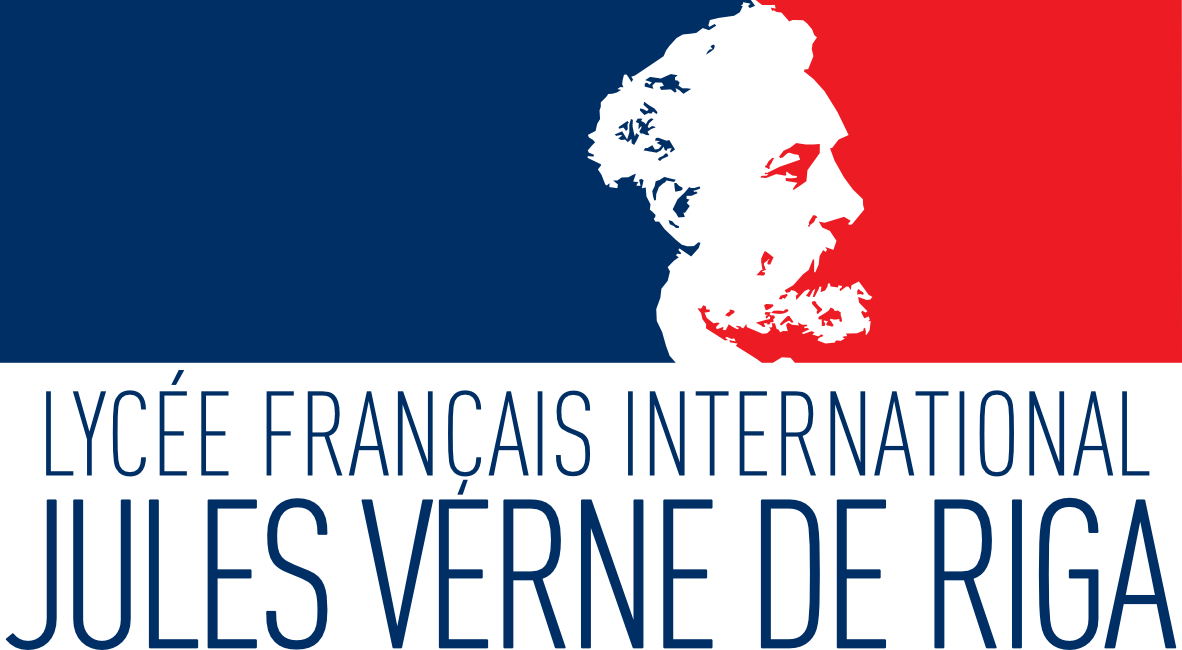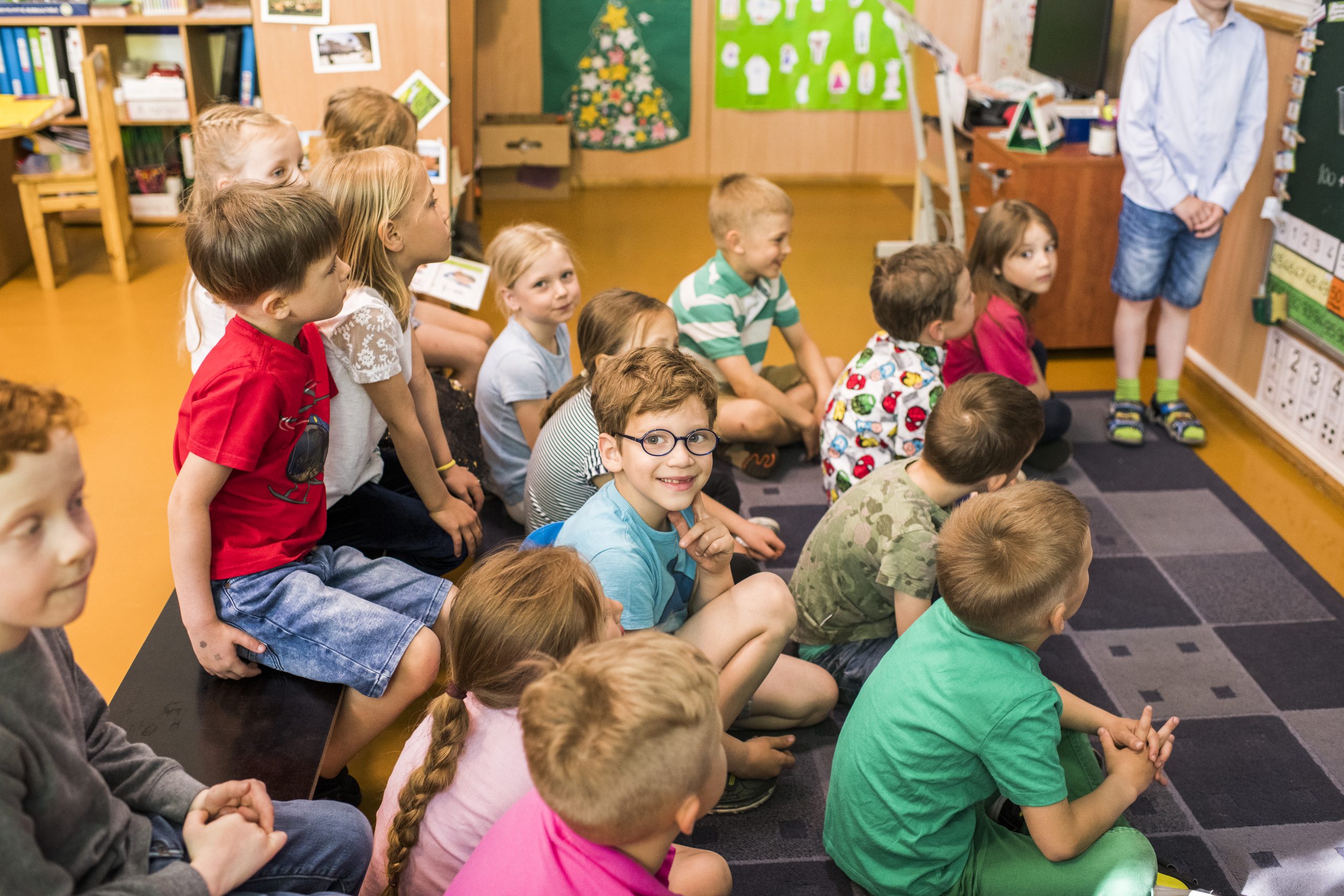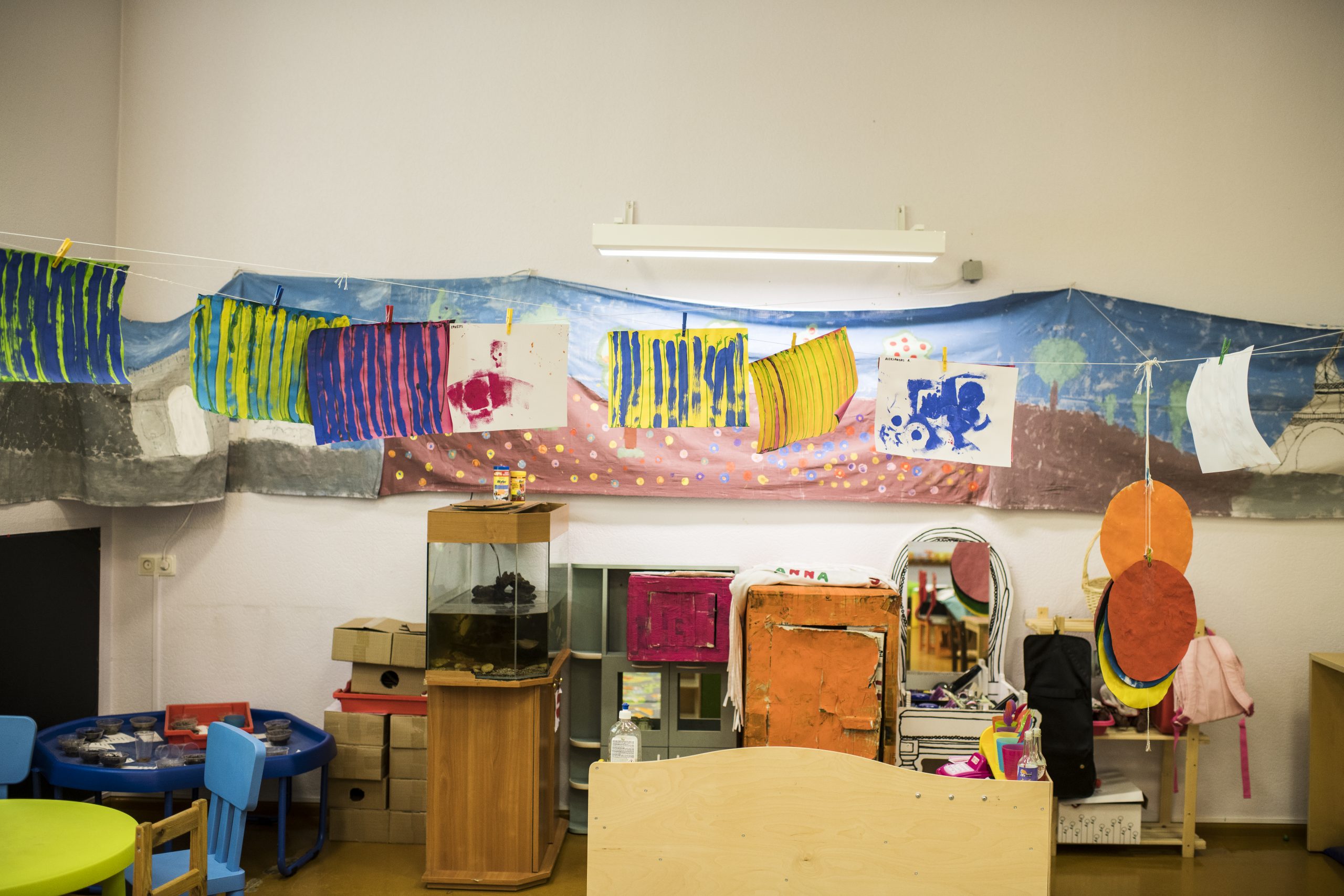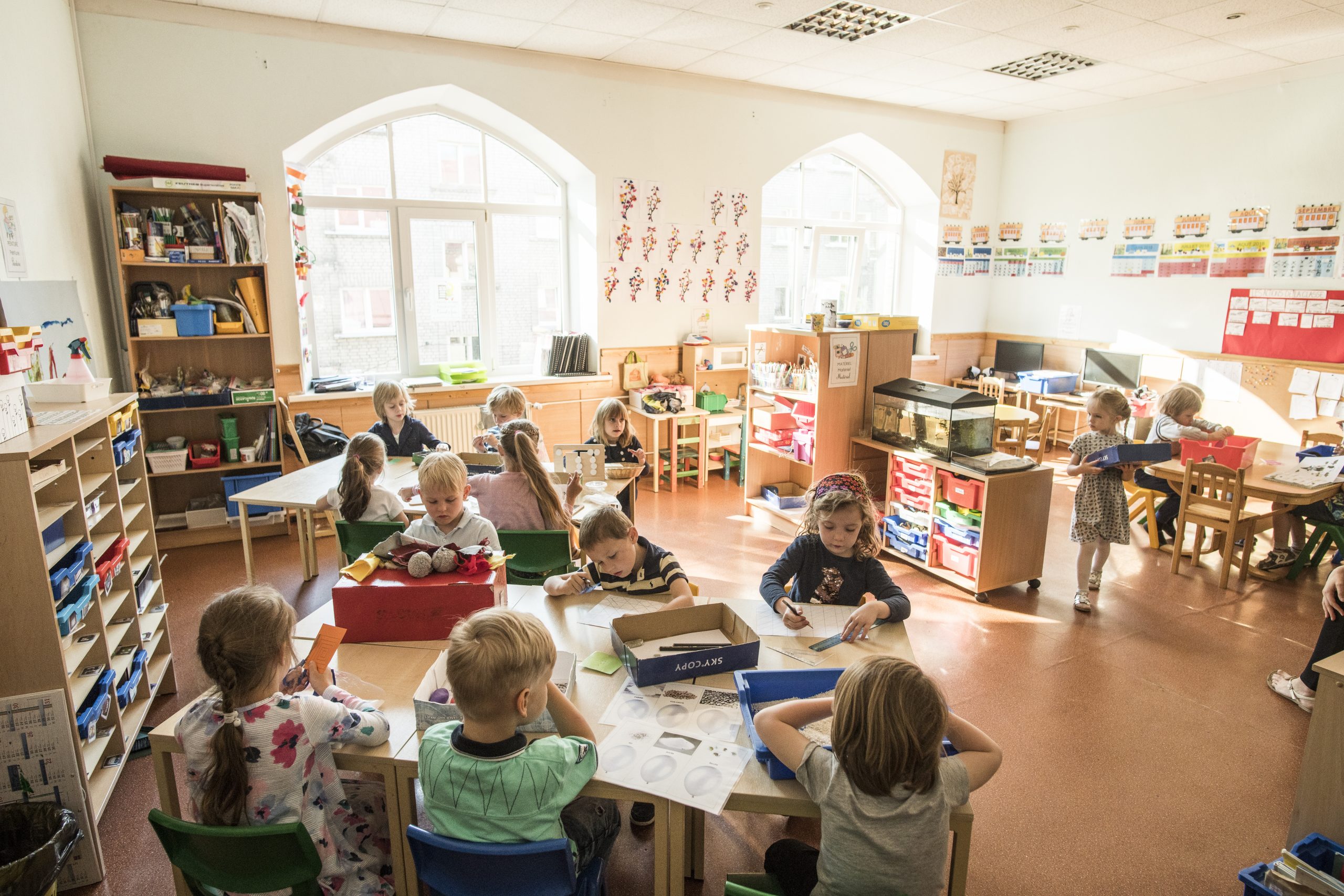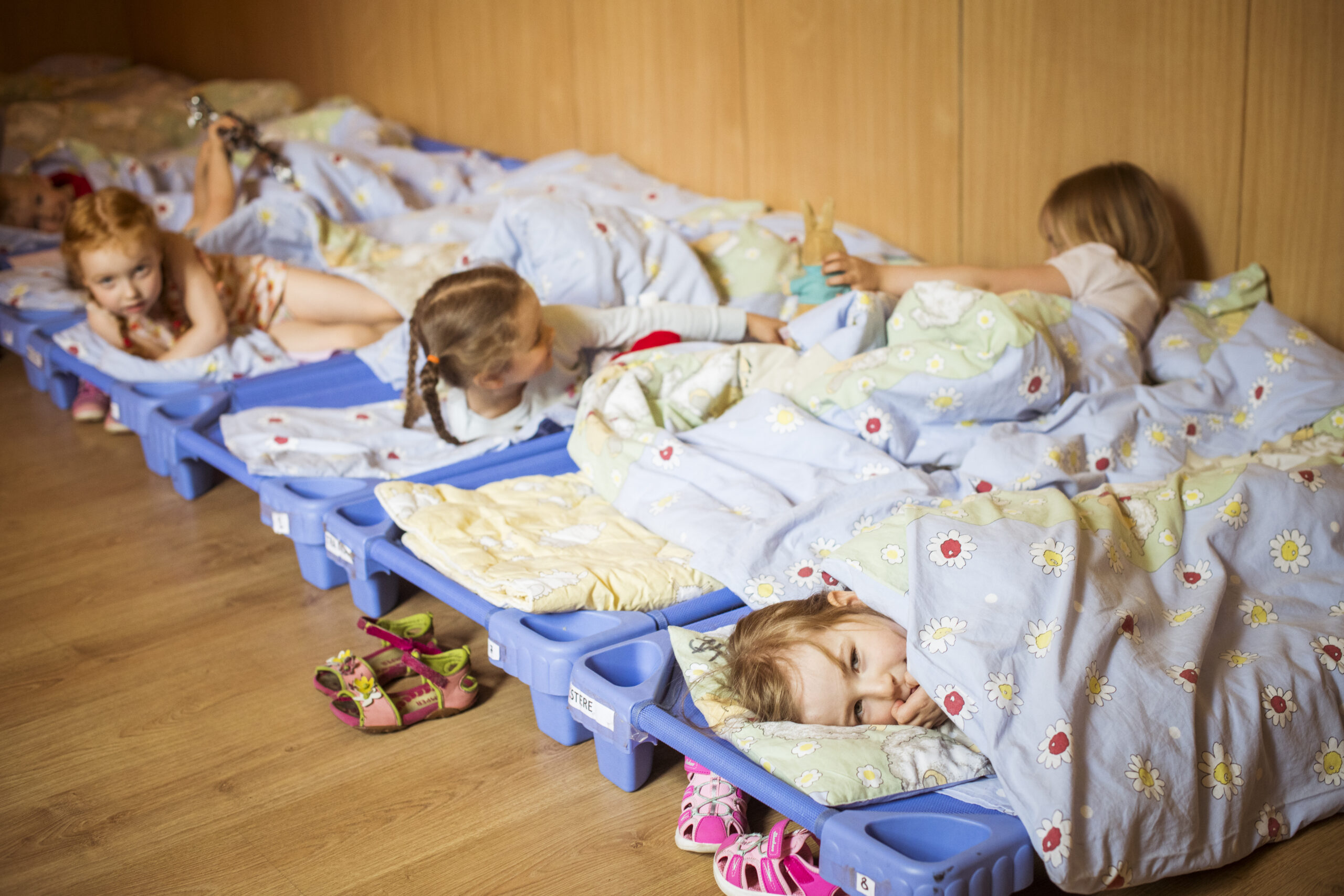The pre-elementary school (école maternelle) welcomes students from 2 years old (toute petite section) to 5 years old (grande section). It is a cycle on its own. Its main goal is to make children want to go to school to learn, assert and develop their personality. It adapts to young children by taking into account their development and building bridges between family and school.
This is a school where children will learn to live together: it offers a first acquisition of society’s life principles and other’s respect by letting the child build themselves as individuals within a group. They develop their oral language and start discovering writing, numbers and other learning topics. They learn by playing, thinking and solving problems, practising, remembering and memorizing. School encourages each child to be confident in their own action power and thinking power, it their ability to learn and succeed.
GOALS
The dispensed training in small classes and pre-elementary school stimulates the children’s personality awakening, stimulates their language, senses, motor, cognitive and social development, cultivates self-esteem and of others and participates in their emotional growth. This training helps to develop in each child the desire and pleasure to learn in order to allow them slowly to become a student.
Pre-elementary school is the first step of the student journey in mastering the fundamental knowledge: reading, writing, counting and respecting others.
TEACHING CYCLE
Respecting the biological rhythms of young children is fundamental in order to facilitate the first learning.
During all early childhood, affects, attachment, socialization are built. These are the foundation of the essential social skills acquisition. By strongly taking into account the emotional dimension of relations, pre-elementary school gives to children the required confidence to start with serenity the next steps in their education.
Pre-elementary school learning
Teaching is divided into five learning areas:
- Using language in all its dimensions
- Acting, expressing and understanding through physical activity
- Acting, expressing and understanding through art
- Building the first tools for structured thought
- Exploring the world
Using language in all its dimensions
The vital place of language at pre-elementary school is affirmed again as an essential condition for success. Oral language stimulation and structuration as well as understanding read texts by an adult and awareness around phonics and visual components of the language are the main priorities of pre-elementary school and apply to all learning areas.
Acting, expressing and understanding through physical activity
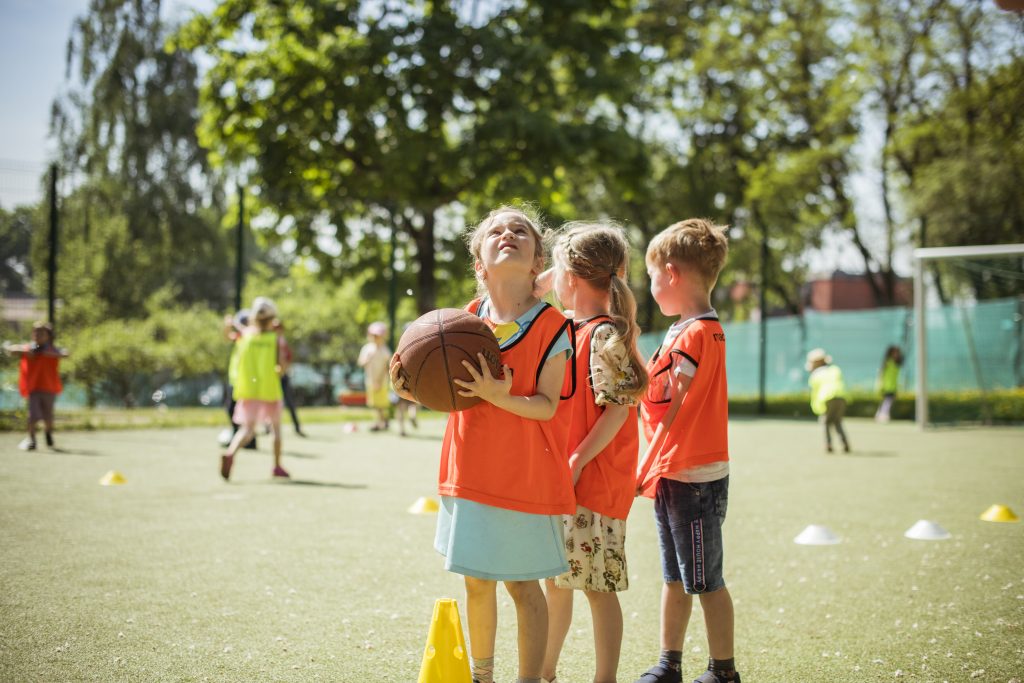
Practicing physical and art activities contributes to children’s motor, sensory, emotional, intellectual and relational development.
These activities use and enrich imagination and help feeling emotions, new sensations. They allow the students to:
- explore the physical abilities
- develop their motor skills and their balance
- better locate themselves in space and time
- comprehend their own body image
They also aim to develop cooperation and build relations with others while respecting differences and then help socialization.
All students’ participation in all physical education activities, organisation and process are meant to fight stereotypes and participate in building gender equality.
Physical activities help to provide health education by driving the children no matter their performances to appreciate movement and effort, to better know their body in order to respect it.
Acting, expressing and understanding through art
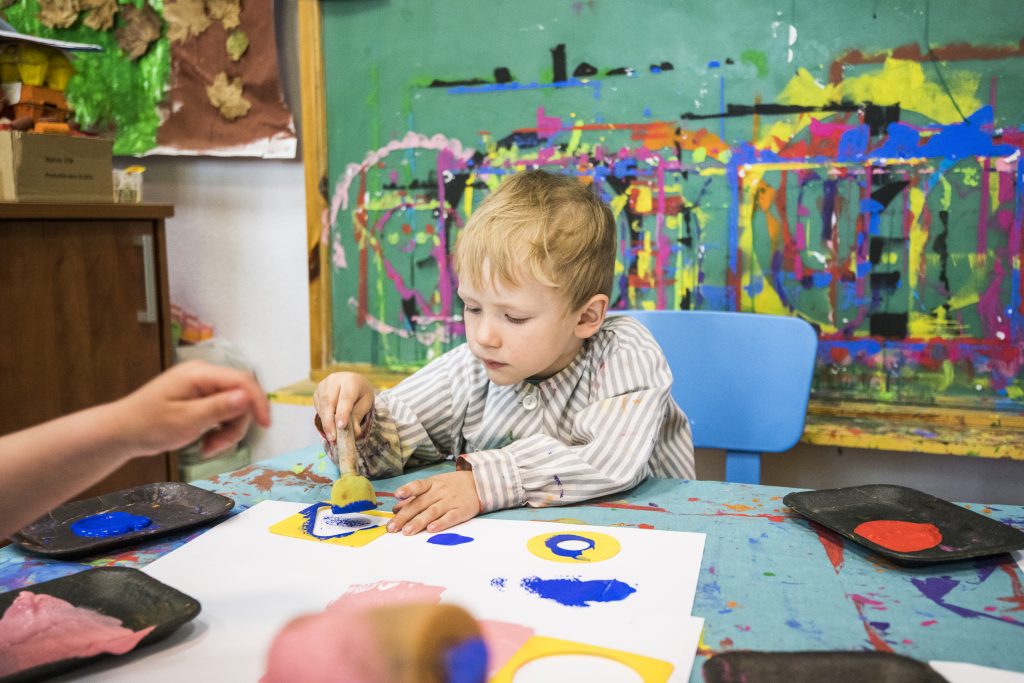
This learning area refers to visual arts (painting, sculpture, drawing, photography, cinema, comic strips graphic art, digital art), sound arts (songs, instruments and vocal songs) and live performance (dance, theatre, circus, puppets, etc.).
Pre-elementary school plays a fundamental role in the access for all children to these arts’ world. It is the first step of an art and culture education that all have during their school years and aims to acquiring a personal art culture based on common references.
Building the first tools to structure tHEIR thoughtS

Discovering numbers and their usage
Since their birth, children have a feeling of size that allows them to compare and approximately assess lengths, volumes, and also collections of different objects (there are a lot, not a lot), This ability to perceive represents a foundation to learn numbers.
Pre-elementary school helps little by little to understand that numbers help both to express quantities and a rank or a position in a list. This learning requires time and meeting many situations with activities before numbers and with numbers.
Exploring shapes, sizes and organised sequence
Very early, young children intuitively recognize shapes (square, triangle…) and sizes (lengths, capacity, mass, area…).
At pre-elementary school, they learn knowledge and references on some shapes and sizes. Manipulation and actions on things support teaching plan shapes, objects in space and sizes.
This method is supported by language: it allows describing these objects and actions and helps identifying first descriptions characteristics. This knowledge is the first step in geometry and measurements that will be taught in elementary school.
Exploring the world
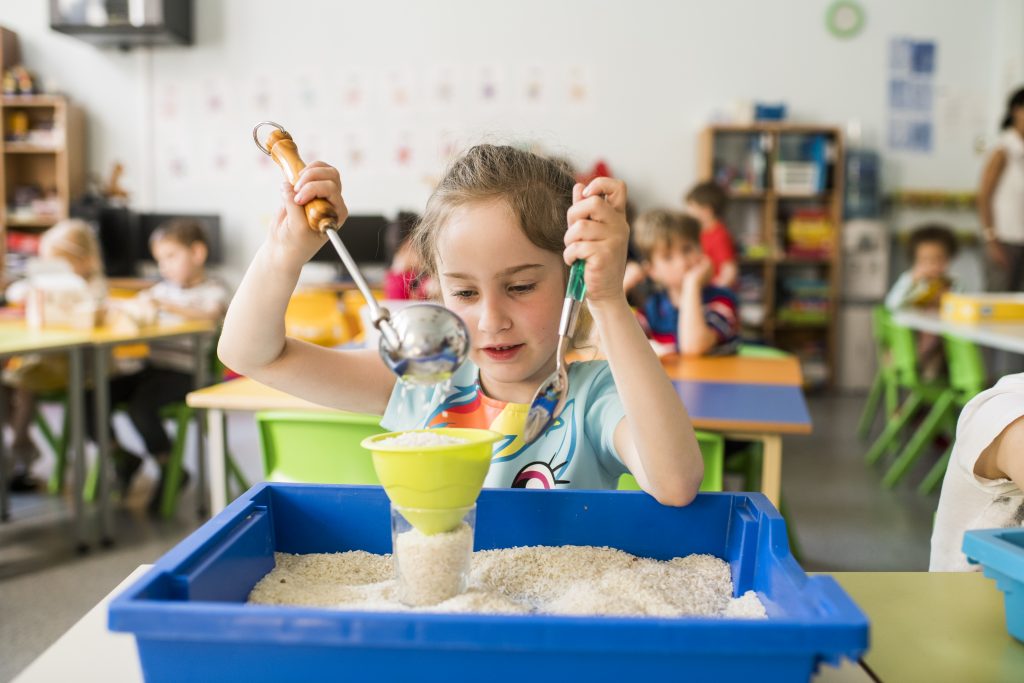
Locating themselves in time and space
Since birth, by exploring, children intuitively perceive some space and time dimensions in their immediate surroundings.
These perceptions allow them to get first references in their own environment, develop wait and memory. These knowledge remains however implicit and limited.
One of the pre-elementary school goals is to bring little by little students to consider time and space as dimensions relatively independent from class activities and to start to treat them as such. It helps them also to overcome their own point of view and to adopt someone else’s.
Exploring the world of living, objects and matter
When starting pre-elementary school, children already have representations that allow them to have references in their daily life.
To help them discover, organize and understand the world around them, the teacher offers activities bringing the students to observe, to formulate more rational interrogations, build relations between the observed phenomenon, forecast consequences, identify characteristics that can be categorized. Students start to understand what difference there is between living and non-living. They handle, make to familiarize themselves with objects and matter.
You can download the program of cycle 1 here:
